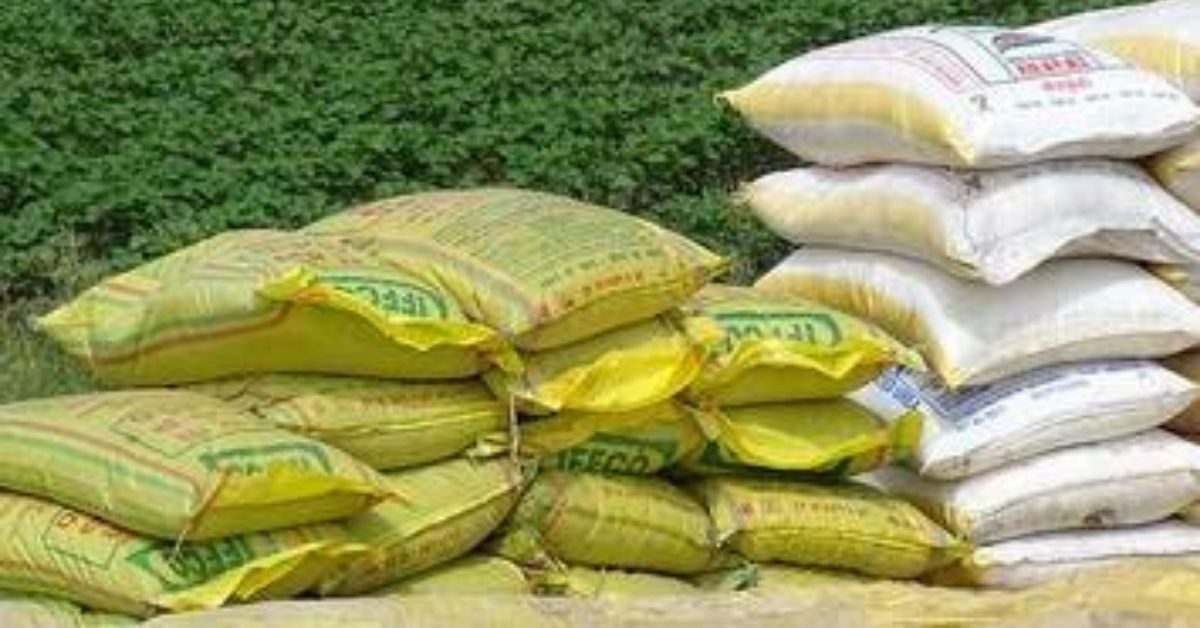The first consignment of urea fertiliser purchased by the government from the Bangladeshi government has arrived here.According to Agriculture Inputs Company Ltd (AICL), about 3,400 tonnes of urea fertiliser have arrived at the Birgunj and Biratnagar offices of AICL. However, the deadline to supply fertiliser for wheat and vegetables has already been crossed.Earlier the government had sought to borrow the fertiliser from the Bangladeshi government.
However, the latter turned down the proposal and asked Nepal to purchase the fertiliser instead.The government had started the process of bringing fertiliser from last August asking Nepali contractor to supply it for plantation of wheat and vegetables.Rajendra Karki, information officer of the company, informed that the train carrying 2,500 tonnes of urea arrived at the Sirsiya dry port in Birgunj on Tuesday night.
Similarly, 21 trucks carrying 900 metric tonnes of urea have reached Biratnagar, he added.The company has stated that Nepal is to receive a total of 22,500 metric tonnes of fertiliser in the first consignment.According to the company, another train carrying fertiliser also left for Nepal from Kolkata on Tuesday.The company is preparing to sell the fertiliser through 41 distribution centres across the country.
The company has stated that the import of the remaining 27,500 metric tonnes of fertiliser will also start arriving after the first phase of fertiliser is imported. The company has stated that the stored fertiliser will be used for paddy cultivation.Amid this, Salt Trading Corporation (STC) has also imported 20 tonnes of fertiliser from China for the first time. Of the total consignment of 4,000 tonnes, 20 tonnes have arrived at Tatopani checkpoint.
According to the corporation, 400 sacks of 20 tonnes of urea fertiliser entered the customs yard in two containers.Out of the total imported fertiliser, 1,200 metric tonnes will be distributed from Banepa of Kavre, 2,000 metric tonnes from Kathmandu and 800 metric tonnes from Nuwakot to the hilly districts.
Source: The Himalayan Times








